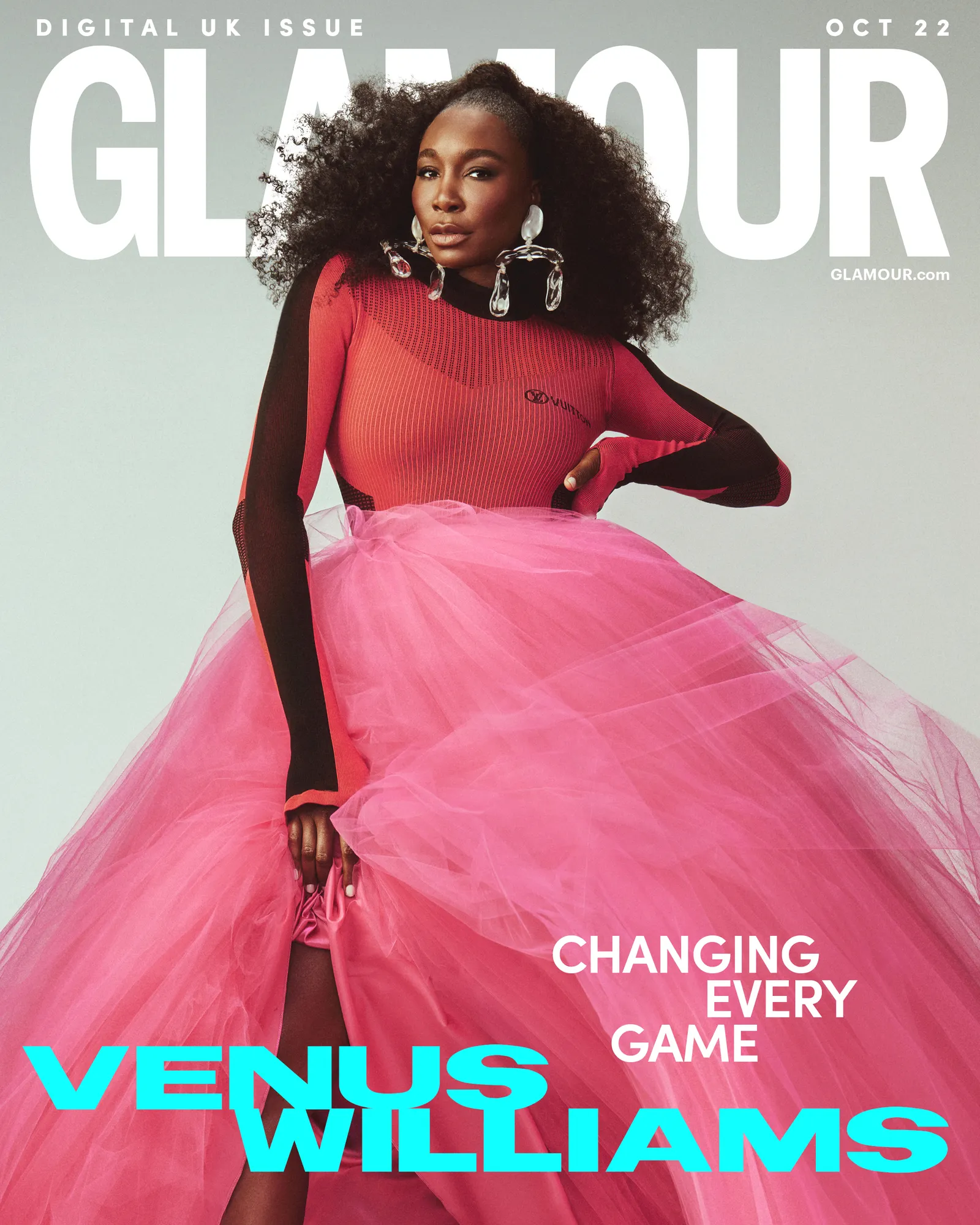The History of the Leading Women's Empowerment Digital Magazine, GLAMOUR
- georgialeighrhodes
- Mar 16, 2023
- 3 min read
Following the female-first magazine's new global logo announcement, let's trace back the history...

Images Courtesy of Glamour UK & The New York Times
British GLAMOUR is the UK's leading female-first digital magazine with the sole focus on empowering women. The publication recently announced a new global look and brand new logo which seemingly evokes notions of the magazine's heritage in Hollywood glamour and supporting the working woman, possibly paying tribute to the legacy of the publication.
This week you might have seen the global announcement hit social media. There was a slight excitement building for the industry insiders that something big was coming when European Director and UK Editor In Chief, Deborah Joseph and the team jetted off to Spain to meet the Europe GLAMOUR gang. An announcement a magazine fan girl like me was awaiting, following shots of their lavish trip. However we are still left with many questions, what does this new branding mean? Is it just the start of something? Does a new "global GLAMOUR" mean something more than a new logo is on the horizon?
Unmistakeably known for their women empowerment values, that originated in 1939 when the magazine was first introduced for the working woman in the US. The women's publication was personally presented to global media giant Condé Nast Publications (where it remains today) by the founder himself. Originally entitled Glamour of Hollywood, in 1943 it was reinvented as we know it today as GLAMOUR but not without its core values as its subtitle; "for the girl with the job".

Image Courtesy of The New York Times
Tied between two eras when it was first introduced from the 30's rise of Hollywood glamour and the start of the second world war, could this new global logo be a subtle nod to their Hollywood glamorous roots? The font seems to be a subtle ode to the magazine's first editions and feels synonymous with old Hollywood glamour and the magazine's descent from Hollywood.
It's no coincidence that the publication holds deep-rooted values of empowering women when initially introduced at the time of the second world war from 1939 to 1945 as women were swept into the workplace for the first time in history. Women had a new sense of empowerment and GLAMOUR as their guide.
It wasn't until 2001 that GLAMOUR hit the UK newsstands, becoming the most successful magazine to launch in Britain in 30 years. Continuing to hold an authentic voice for women promoting feminism and activism covering everything that impacts women's lives. In just a year it became the market leader overtaking Cosmopolitan and was the best-selling glossy in Europe in 2003. At the end of 2017, monthly printing ceased in the UK as the magazine took a digital-first approach for its audience during which time Deborah Joseph was appointed Editor In Chief, leading GLAMOUR to the success it has reached now as the leading women's digital magazine in Britain. Proving GLAMOUR has always been celebrated for empowering women above all.
Image Courtesy of Glamour Archive & Glamour
It is clear that many magazines have taken a digital approach to best relate to their audiences are survive the new electronic world since glossies were first introduced. The US GLAMOUR where it all began went digital in 2019, now the GLAMOUR brand has become a digital empire through social media, video content, digital covers and celebrating women in new innovative ways including their prestigious Women of the Year Awards. Now GLAMOUR is thriving across 11 countries which have joined forces for this new re-brand, committed to its cutting-edge content we've all come to love.
All images used in this blog are either copyright free or rightfully credited. Sources can be accessed via the link below each image.






Comments